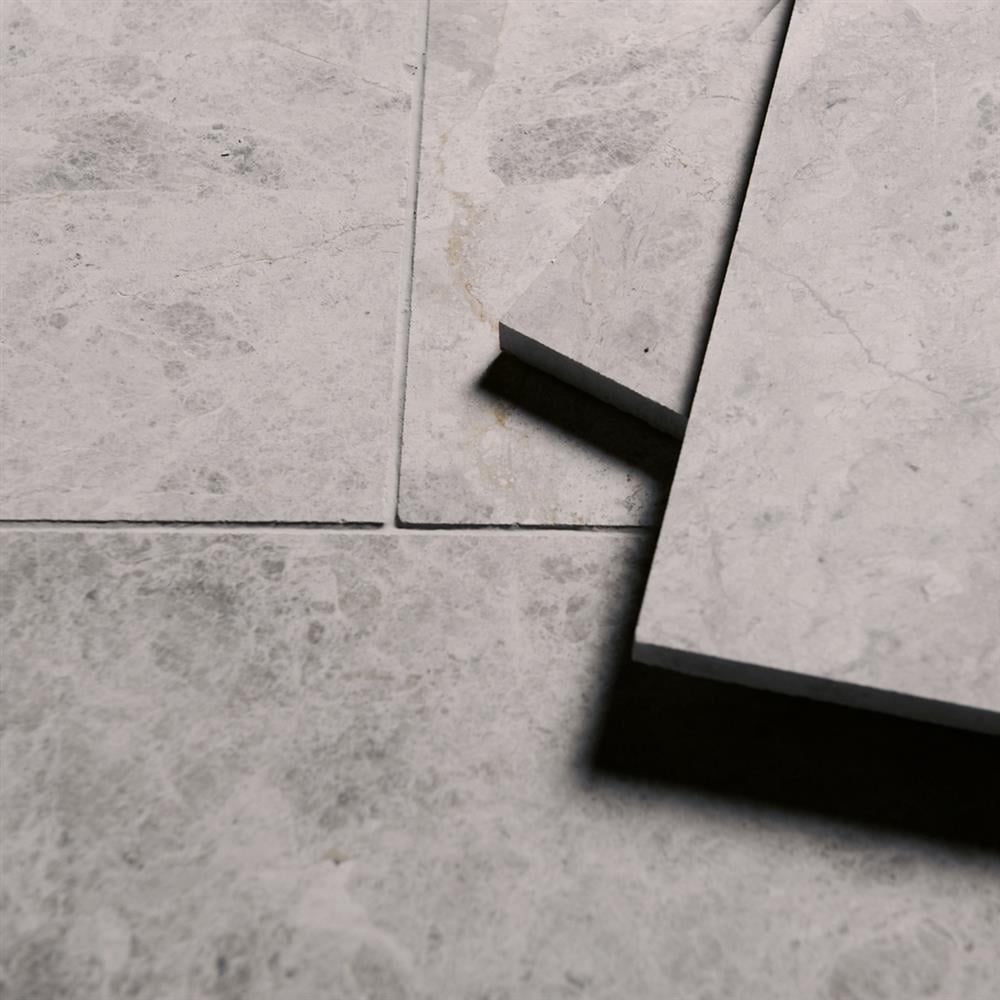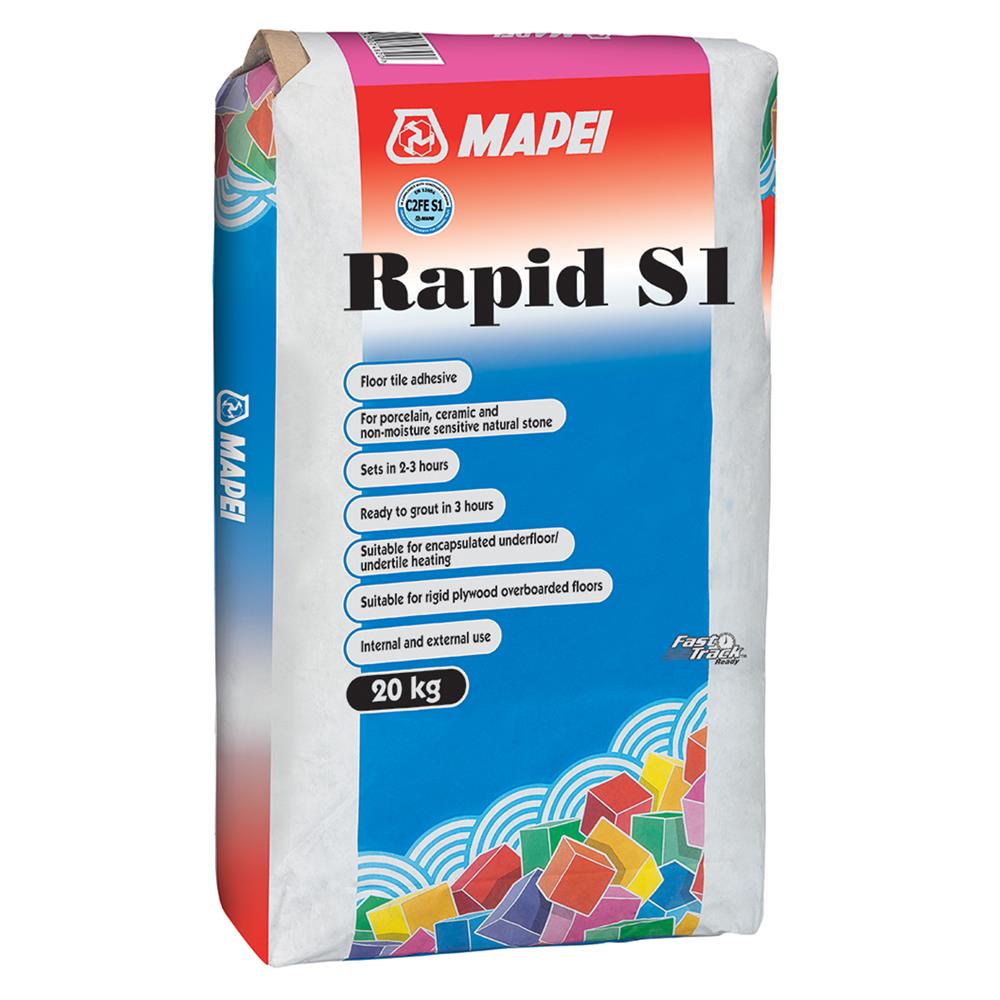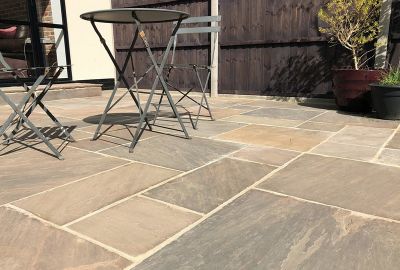Before you start any natural stone tile installation, it’s important that you choose the correct bedding adhesive. Selecting the incorrect adhesive can cause bonding failure where tiles come loose and the entire installation may be ruined.
In this article, we’ve explained what bedding adhesive actually is, and the steps and considerations you should take to choose the right adhesive for your project.
What is bedding adhesive?
Bedding adhesive is another way of saying tile adhesive, which is the glue that helps to bond tiles onto another surface or substrate. Essentially, they can be the thing that makes or breaks a tiling project.
To make sure your tiles stay in place, it’s important to pick the most suitable adhesive. There are all sorts of options available that are purposefully made for certain styles of tiles, a particular type of surface and substrate, or even interior vs exterior use.
Different types of tile adhesives
Natural stone tiles are a popular choice for both interior and exterior spaces. But just as important as the choice of your tiles is the tile adhesive. Our guide on using the correct tile adhesive goes into more detail on the different types of adhesives and why it’s important to get it right.
Tile adhesive categories
There are three different major categories of stone tile adhesives:
- Type C (Cementitious)
- Type D (Dispersion)
- Type R (Reaction Resin)
Within these categories, the adhesives can be classified and categorised even further based on other properties such as strength or location, along with features like being slip-resistant and fast-setting.
For further details and advice, our article on bedding adhesives for stones and tiles details the types of adhesives available and the classifications they sit within. It’s also a handy reference if you’re trying to work out whether or not the adhesive you already have is suitable for the installation.
What is the best tile adhesive for natural stone?
Polymer-modified adhesives (also known as thin-set mortars) are the primary choice of stone tile adhesive, and so typically the best tile adhesive for natural stone. These adhesives contain blended polymers that interact with components in the cement to improve properties such as adhesion, reducing shrinkage and water absorption.
Thin-set mortars are generally available in two types: one is a pre-mixed powdered polymer, where only water needs to be added and the other is where a liquid latex additive is required to be added rather than water. ‘Rapid Setting’ standard powered adhesives are also generally suitable for all natural stone tiles (other than meshed back marble where the latex additive-type adhesive must be used).
This product has changed to Mapei S1 White Rapidset Adhesive, which is an environmentally friendly rapid-set adhesive that’s suitable for most applications.
What is the best adhesive for exterior stone tiles?
In terms of the best adhesive for exterior stone, it obviously needs to offer great bonding strength regardless of weather conditions. This typically means the adhesive will be labelled as being resistant to water, frost, temperature, and mould.
The product label and description will also explicitly mention that it is suitable for exterior use, which means it can be used with common outdoor materials like concrete, stone, and brick.
Fortunately, there are adhesives which can be suitable both for indoor and outdoor tiling. For example, Tilemaster Setaflex Rapidset Adhesive is appropriate for both internal and external use and is specifically formulated to fix natural stone and porcelain tiles.
How to prepare for laying stone tiles
If you’re wanting to achieve a professional look when laying stone tiles, preparation is important. Factors that need to be considered include:
- Are you installing stone tiles indoors or outdoors?
- Are the tiles being laid on walls or floors?
- Are the tiles being laid in a wet or dry area?
- What substrate are you laying your tiles on?
To protect the edges, stone tiles should also always be stored upright, and they may need to be cleaned and left to dry completely before installation to avoid discolouring.
By using the correct stone tile adhesive for your project, you’re taking the necessary steps to ensure a seamless installation. Continue learning the right techniques with our other tile installation guides.


